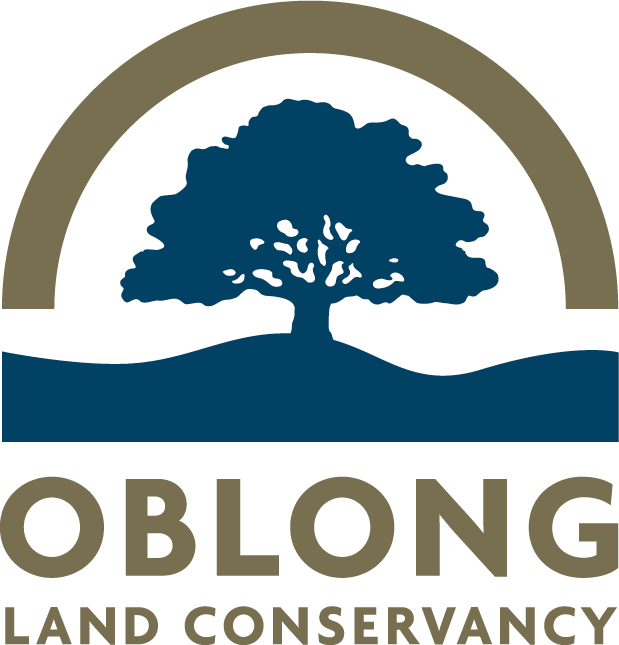In a show of bipartisanship, on July 17th, 2014 the U.S. House of Representatives passed the House bill to make permanent an enhanced tax incentive for conservation of farmland, rangeland, woodlands and other important open spaces. The bill, which included other charitable provisions, passed by a vote of 277-130. This has been a priority for the Land Trust Alliance since 2006, and it represents a huge victory for conservation that reflects the strength of our community, which came together to urge Congress to act. This would not have been possible without land trust leaders from across the country reaching out to their representatives and their congressional staff to demonstrate the importance of this legislation to voters in their district.
The measure now goes to the Senate, where we have strong support, but will face new challenges in breaking through a legislative logjam.
The conservation tax incentive has been a success in increasing the pace, quality and permanence of land conservation. Since the enhanced incentive first passed in 2006, roughly one million acres have been conserved per year with easements managed by the nation's 1,700 community-based land trusts.
Through a limited tax deduction, landowners are able to place their most prized assets - historical sites, forests, family farms and ranches - in protected easements to ensure a legacy of natural abundance, enjoyment and agricultural production for future generations. Land placed in easements can be farmed, grazed, hunted or used for recreation and the conservation of natural resources. It can also be passed on to heirs or sold. But the land is kept safe from future development ensuring that today's natural treasures don't become tomorrow's strip malls and convenience stores.
Valuable open spaces or farmland can be protected by an easement for a fraction of the cost of buying it, making easements by far the most cost-effective approach to land conservation. For example, Federal acquisition of land costs taxpayers roughly $12,000 an acre compared to just $400 an acre for
an easement.
For more details on how to conserve open space see: http://www.oblongland.org/landowner_benefits/
